As we stand on the cusp of 2024, one can't help but wonder, what's next for the dynamic world of digital marketing? The landscape is ever-evolving, driven by technology, and shaped by the way we consume information and make purchasing decisions.
It leaves us, the professionals at the steering wheel, pondering an essential question: What should we expect from digital marketing in 2024?
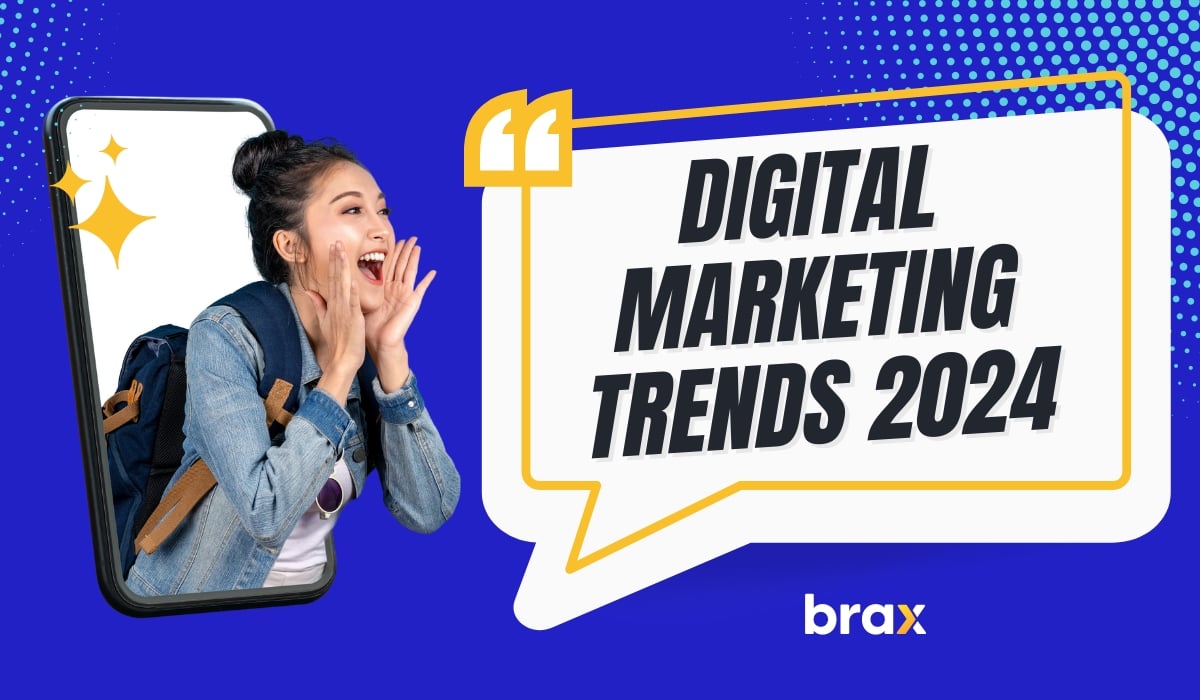
This year promises to unleash new trends that will redefine how brands communicate, interact, and ultimately, win over their consumers.
Let’s unpack the anticipated shifts so we can better prepare ahead.
AI-Driven Conversion Marketing
AI-driven conversion marketing is set to revolutionize the way businesses approach sales funnels and customer acquisition in 2024.
Through the integration of predictive analytics, companies are leveraging cutting-edge algorithms to forecast customer behaviors and preferences, empowering them to tailor marketing strategies with unprecedented precision.
This approach enables marketers to not only identify potential buyers but also to foresee and influence the customer journey, optimizing each touchpoint for conversion.
By harnessing the power of massive data sets and machine learning, predictive analytics is transforming conversion marketing into a science of probabilities, where each campaign is systematically enhanced for maximum engagement and profitability.
The era of AI-driven marketing not only streamlines the path to purchase but also cultivates more meaningful interactions, shaping a future where every marketing move is data-driven and every customer feels uniquely understood.
Chatbots and Conversational AI in Customer Acquisition
While we’re still on the topic of AI, chatbots and conversational AI are becoming increasingly sophisticated tools for customer acquisition.
This year, these tools will not just be add-ons but core components of the marketing strategy, fundamentally changing the way businesses interact with potential customers.
Companies are rapidly deploying AI chatbots that are capable of handling complex queries, understanding customer needs, and guiding them through personalized buying journeys.
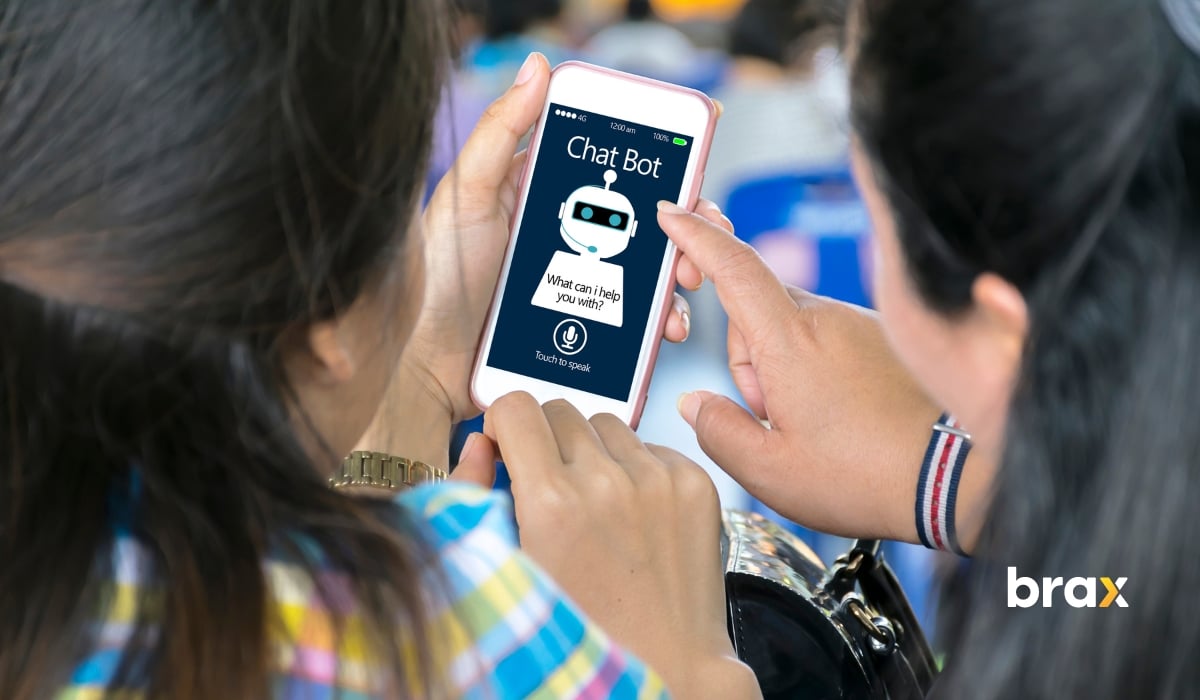
These AI systems engage in natural conversations, breaking barriers for a seamless user experience that boosts customer satisfaction.
But the real magic? Their ability to learn and adapt — exciting stuff!
Conversational AI can analyze vast amounts of interaction data to continuously improve its communication patterns and recommendations. This invaluable insight informs businesses exactly what their customers are looking for, helping to refine product offers and sharpen marketing messages.
Additionally, the integration of AI across different platforms ensures a consistent and always-available touchpoint, fostering customer relationships that are built on convenience and trust.
Shift in User Engagement Patterns and Influencer Marketing
2024 marks a significant shift in user engagement patterns, profoundly affecting the sphere of digital marketing. Users are now seeking more authentic and interactive experiences with brands, ushering in an era where engagement quality trumps quantity.
Influencer marketing, a pivotal part of this shift, is predicted to evolve dramatically, as influencers are expected to focus on cultivating niche communities where genuine connections thrive.
Active collaborations between brands and micro-influencers are becoming more prevalent because these influencers often boast higher engagement rates, and their endorsements are perceived as more trustworthy by their devoted followings.
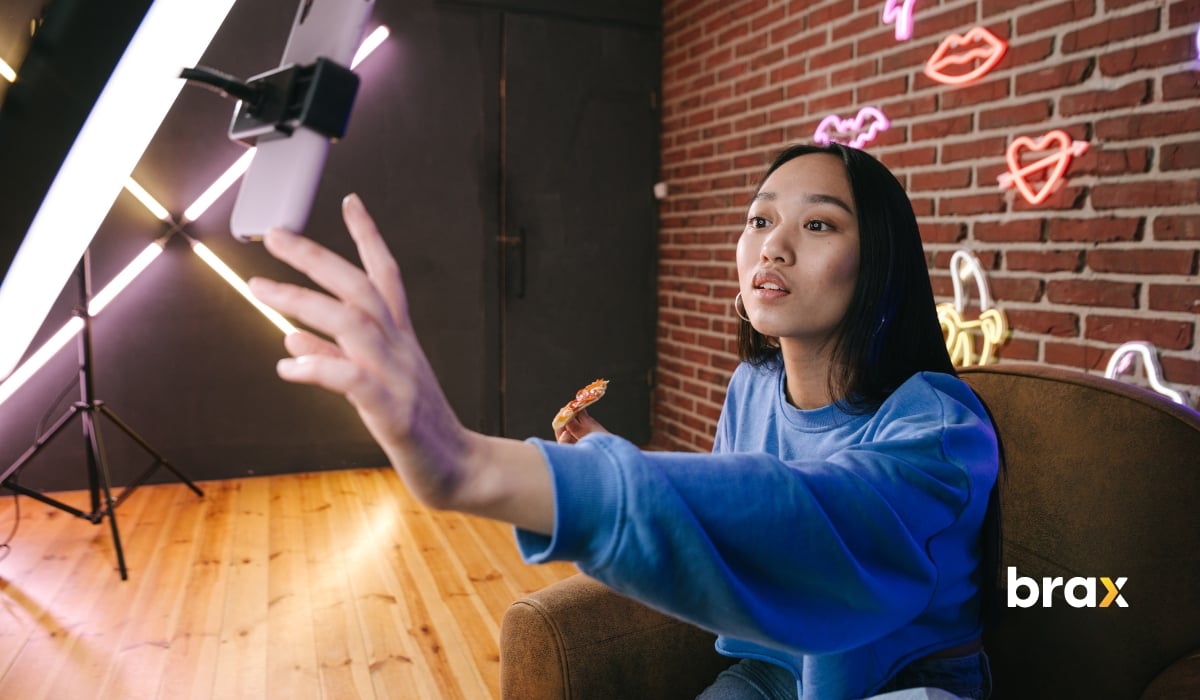
Influencer content is transitioning from polished, curated aesthetics to raw, unfiltered glimpses into their lives, resonating deeply with audiences craving realness.
As a result, influencers are increasingly using platforms that support this authenticity, such as live streaming and "Stories" features that offer a behind-the-scenes look.
Moreover, influencers in 2024 are leveraging data-driven insights to tailor content that aligns seamlessly with their followers' values and interests. By doing so, they are not only bolstering user engagement but also fortifying the effectiveness of their promotional efforts.
The symbiotic relationship between advanced analytic tools and influencer marketing is enabling campaigns to become highly targeted, measurable, and scalable.
Augmented Reality (AR) in Marketing
Augmented Reality (AR) is transforming the consumer landscape by offering revolutionary try-on experiences that merge virtual objects with the real world.
This 2024, this immersive technology becomes a cornerstone in digital marketing, providing customers with the opportunity to visualize products in their own environments or on themselves, significantly enhancing decision-making confidence.
The integration of AR in marketing strategies in 2024 goes beyond product visualization; it becomes an essential narrative device.
Brands create story-driven experiences where AR try-ons are coupled with rich media, user-generated content, and social sharing features, forging emotional connections and enhancing brand loyalty.
AR for Home and Furniture
Furniture retailer giant IKEA currently employs AR to help customers preview how a new couch would look in their living room, offering a life-like scale that ensures the product fits both in style and size.
But, since the technology is slowly becoming available in the market, this option is being adopted by other retailers like Wayfair. We can expect more retailers to follow suit, making even furniture shopping fully online.

AR for Beauty
Fashion and beauty brands lead by example, pioneering AR try-on apps that allow customers to see how clothing items fit without the need for physical dressing rooms.
Makeup brands are implementing virtual try-on sessions where consumers test different shades and styles of makeup in real-time using their device's camera.
The experience is not only interactive but also personalized, which results in a higher conversion rate compared to traditional e-commerce product pages.
Moreover, AR try-ons are evolving to incorporate AI, leading to a more intuitive and responsive experience. As customers interact with the AR system, feedback loops fine-tune the technology, making virtual fittings increasingly accurate and realistic.
This not only bolsters customer satisfaction but also decreases return rates, a significant win for online retailers.
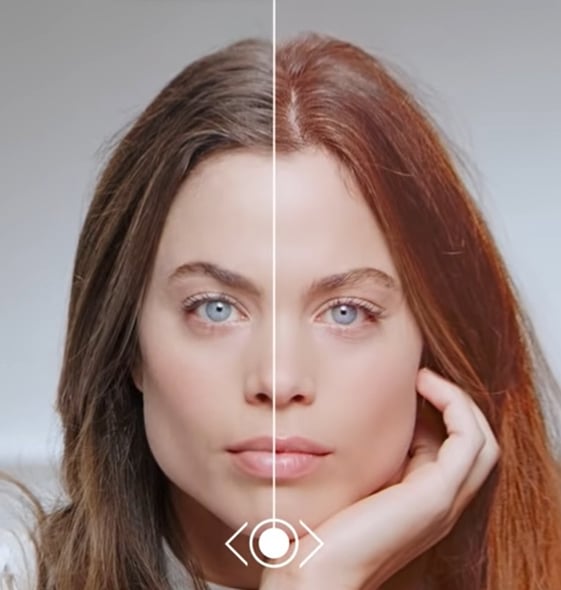
AR try-on technology is reshaping the digital marketing landscape by providing a seamless and engaging path from product discovery to purchase. As the fidelity of AR increases, so does the potential for customer engagement, establishing AR not as a novelty but as an expectation in the customer journey.
VR For Immersive Brand Storytelling
Building on the strides made by AR, Virtual Reality (VR) is carving out a formidable niche in immersive brand storytelling in 2024.
Unlike AR, VR creates a complete digital environment, removing any distractions from the physical world and focusing the user's entire attention on the brand narrative.
Major companies are capitalizing on VR's ability to create powerful, emotive brand experiences that drive deep consumer engagement. This is experiential marketing to the next level.
For example, an outdoor gear retailer might utilize VR to transport customers to a mountain summit, allowing them to feel the allure of the wild, which in turn builds a strong emotional connection to the brand.
By offering such vivid experiences, VR enables brands to create intricate stories that consumers can live and participate in.
An automobile manufacturer could create a VR test drive experience that not only showcases the car's features but also lets the user race on a world-famous track or enjoy a peaceful drive along scenic coastlines. This sensory-rich form of storytelling fosters a level of product intimacy that was previously unimaginable with traditional marketing techniques.
Several auto brands launched different types of VR test drives late last year, including Nissan, Volvo, and BMW.
VR's ability to collect nuanced feedback on user interactions provides invaluable data, which marketers can analyze to refine customer experiences and tailor future campaigns.
As VR content becomes more accessible and affordable, it's predicted that its role in the digital marketing landscape will grow exponentially, offering opportunities for brands to differentiate themselves and form unforgettable customer relationships.
The evolution of VR in marketing strategies turns brand interactions into adventures, making the brand's message not just heard but truly lived by the consumer.
Social Commerce Evolution
The landscape of e-commerce is undergoing an exciting shift as digital marketplaces flourish, especially with the rise of social commerce! As we pivot into an era where convenience is king and consumer habits are ever-evolving, the integration of shopping features within social media isn't just a perk—it's a necessity.
I've witnessed firsthand how social commerce is revolutionizing the purchase journey. Imagine snagging that must-have item you just saw in an influencer’s post with a few simple taps without ever leaving the app. That's the kind of seamless experience driving today's market.
TikTok Shop
A stellar example of this evolution is TikTok Shop, the innovative e-commerce platform embedded in the TikTok app. This platform is a trailblazer, effortlessly blending shopping into the social media journey, opening up a realm of thrilling opportunities for brands and creators!
One standout feature is the live-streaming function, empowering creators to present products live offering demos and interactive Q&A sessions. This direct engagement connects buyers and sellers, nurturing trust and community, a rare find in conventional online shopping experiences.

Moreover, TikTok Shop's format capitalizes on the platform's viral trends, enabling products to gain rapid popularity as they're featured in widely viewed videos. This form of marketplace not only increases a product's visibility but also adds an element of entertainment, a combo that has proven to be incredibly effective.
The success and influence of TikTok Shop set a precedent for other social media platforms, suggesting that the future of e-commerce is deeply rooted in social experiences and native shopping options.
We're witnessing more than just a trend—this is the cultivation of a digital environment where the boundaries between entertainment, community, and commerce are becoming ever more intertwined.
Other Platforms
And let's not forget the rising stars like Snapchat's 'Shop and Cop' and Facebook Marketplace, where impulse purchase has found its digital Eden. With TikTok Shop's success, it's only a matter of time before these and other platforms improve their e-commerce offerings.
In these spaces, social media-driven sales are not just a trend; they represent a seismic shift in the way brands connect with consumers.
Gone are the days of detached, impersonal online shopping. Now, we're looking at a model where personalization meets immediacy, and brand engagement is intertwined with buyer satisfaction. It's a thrilling time to be both a consumer and a marketer, and I'm all here for it!
Sustainability and Ethical Practices
Sustainability and ethical practices have surfaced as one of the pivotal trends in the 2024 digital marketing landscape, reflecting consumer demand for corporate responsibility.
Consumers are wielding their buying power like a beacon of change, demanding that brands do more than just talk the talk. It's a move towards mindful consumption, where ethical sourcing, sustainable production, and corporate transparency are non-negotiable.
As such, brands are increasingly adopting green marketing initiatives, weaving environmental and societal considerations into their business models.
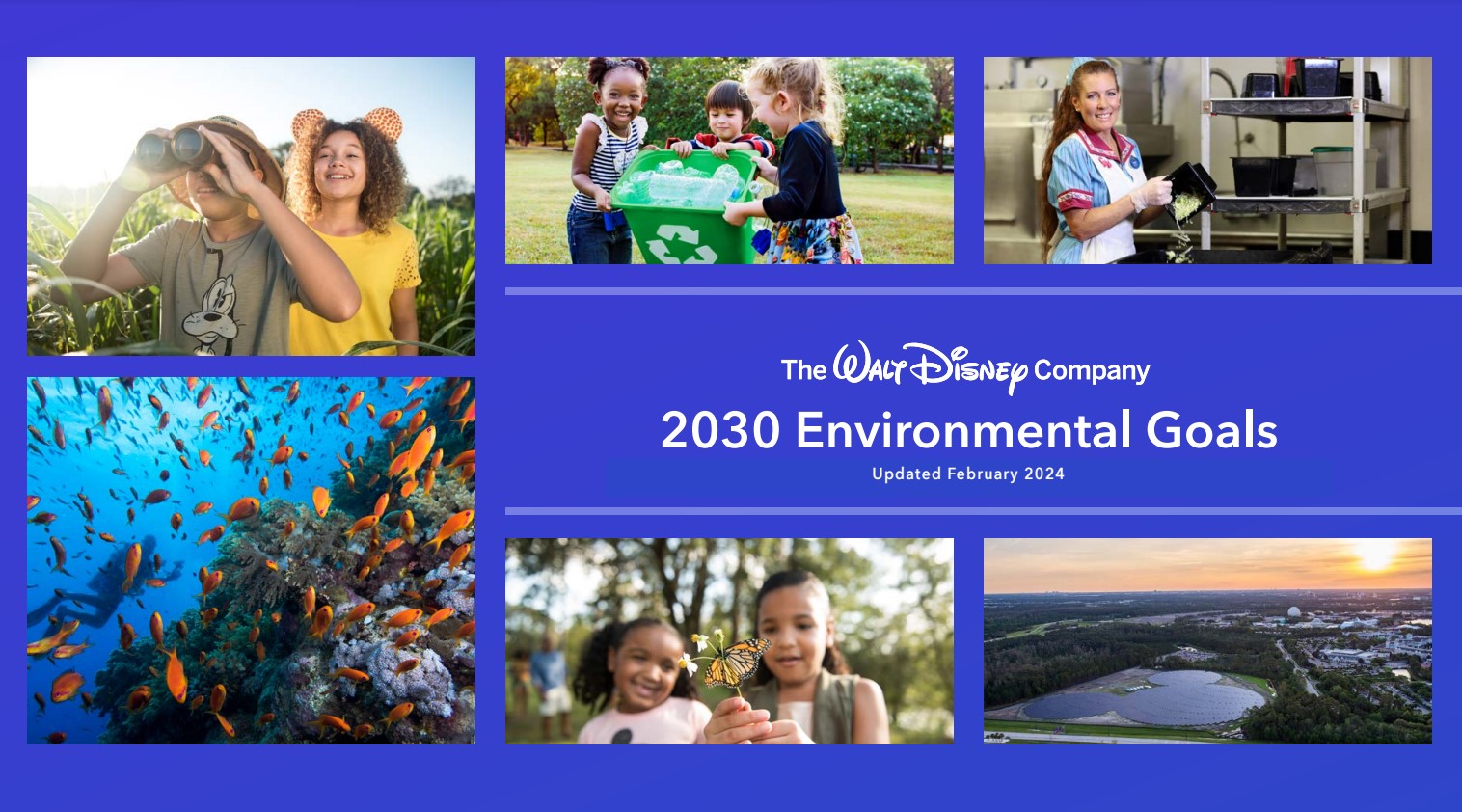
The narrative is no longer just about selling products; it's about telling a story that includes a brand's commitment to sustainability and ethical decision-making.
From using eco-friendly packaging to supporting fair trade practices, companies are making conscious efforts to align their operations with the values of environmentally aware consumers.
These initiatives are amplified through digital campaigns that highlight a brand's green efforts, creating a transparent dialogue with customers who prioritize the impact of their purchases.
Video Marketing and Short-Form Content Still Haven’t Peaked
Amid the meteoric rise of bite-sized content, short-form videos stand tall as digital marketing's juggernaut.
Short-form videos cater to the rapidly dwindling attention spans of audiences, making them a crucial tool for brands aiming to nurture consumer engagement and loyalty.
They offer a chance to deliver impactful messages with a sense of urgency and relevancy that other mediums struggle to match.
For marketers aiming to stay afloat in the treacherous waters of content saturation, short-form video is the life raft to cling to. Here are your options:
YouTube Shorts
The introduction of YouTube Shorts represents the platform's strategic move to capture the growing demand for brief, entertaining content. With a limit of 60 seconds, these videos offer a creative playground for content creators to experiment with concise storytelling.
YouTube's massive audience and advanced algorithm elevate the visibility of Shorts, giving them a significant advantage in reaching viewers. YouTube Shorts breached 70 billion daily views, so it’s not surprising that brands are flocking to it to advertise, more so this 2024.
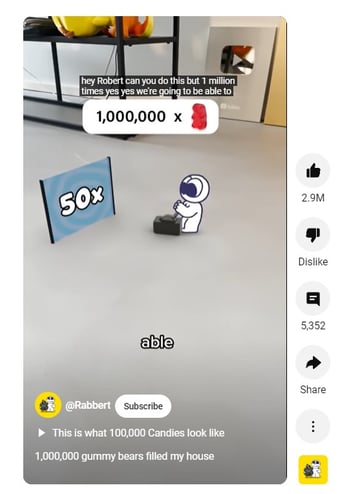
TikTok
TikTok, the vanguard of the short-form video movement, continues to dominate the social media sphere. Its addictive format of 15 to 60-second videos has catalyzed a cultural phenomenon across the globe.
Meta Videos
Meta is aggressively catching up in the short-form video space with its Instagram and Facebook Reels. By integrating Reels into the core experience of both platforms, Meta is leveraging its vast user base to challenge the dominance of TikTok — even going so much as showing Instagram Reels within the Facebook app.
Meta's algorithms are being fine-tuned to increase the visibility of Reel videos, ensuring they reach a wider audience and drive engagement. Additionally, Meta's move to monetize Reels through advertising is making it an even more attractive platform for creators looking to earn revenue from their content.
Enhanced Customer Segmentation
In the age where personalization reigns supreme, enhanced customer segmentation emerges as the linchpin for tailoring marketing efforts to meet individual customer needs.
By harnessing the power of big data and advanced analytics, marketers now have the tools to dissect vast customer bases into finely segmented groups.
Micro-Targeting: Precision in Niche Marketing
Micro-targeting has emerged as a pivotal trend in digital marketing, especially as we delve into the depth of 2024. With an overwhelming sea of online content, the power of micro-targeting lies in its ability to cut through the noise and speak directly to a well-defined segment of the market.
This approach goes beyond traditional demographics and taps into specific behaviors, interests, and preferences, making the marketing message incredibly relevant and personal.
The effectiveness of micro-targeting in niche marketing cannot be overstated. By leveraging data analytics and sophisticated algorithms, brands can identify and target individuals with a precision that turns advertising into a nearly one-to-one conversation.
Big Data and Advanced Customer Segmentation
The burgeoning role of big data in customer segmentation has become a cornerstone in the marketing strategies of savvy businesses in 2024.
With the explosion of data generated from online interactions, purchases, and social media engagement, brands harness this richness to draw a granular picture of their consumer base.
Big data analytics is the key that unlocks patterns of behavior, lifestyle choices, and preferences that reside beneath the surface of traditional customer profiles.
Through sophisticated data processing and AI-driven analysis, companies are not just segmenting markets; they are individualizing their approach to each consumer.
However, there is a downside to relying too much on big data — and that is feeling lost when browsers suddenly disallow third-party data. If you cannot leave cookies and track customer behavior, how can you effectively market to your customers?
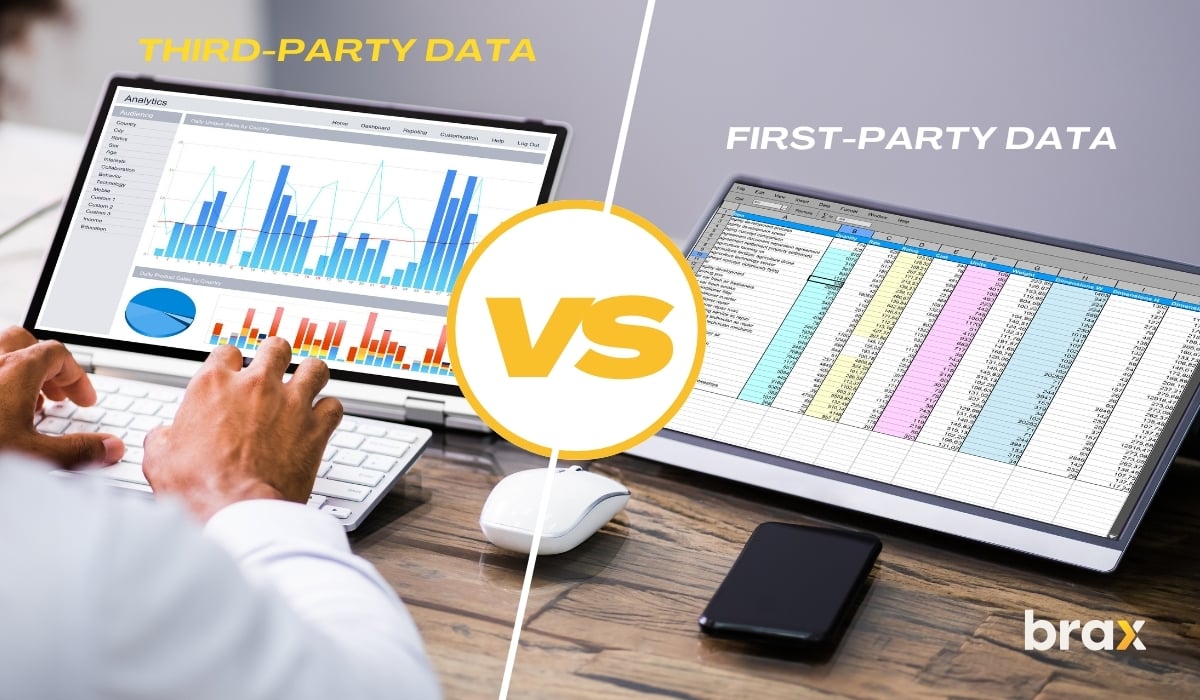
The solution can be in the form of first-party data.
First-party data is the info gathered straight from customers through interactions with your company, such as website visits, purchases, and surveys.
It provides businesses with an accurate understanding of their customer base and empowers them to create personalized experiences that drive conversion and improve customer retention.
The Increasing Importance of Voice Search in SEO
The dominance of voice search in SEO is becoming increasingly evident in 2024, transforming how digital marketers optimize content.
As smart speakers and voice-activated devices permeate households, optimizing for voice search is no longer an option but a necessity.

The conversational nature of voice queries means marketers must shift their focus to long-tail keywords and natural language to align with user intent. Short, direct answers to questions become paramount, as voice search users expect immediate and accurate responses.
Brands prioritize featured snippets, or "position zero," in search engine results because voice search devices often pull answers from these highlighted sections.
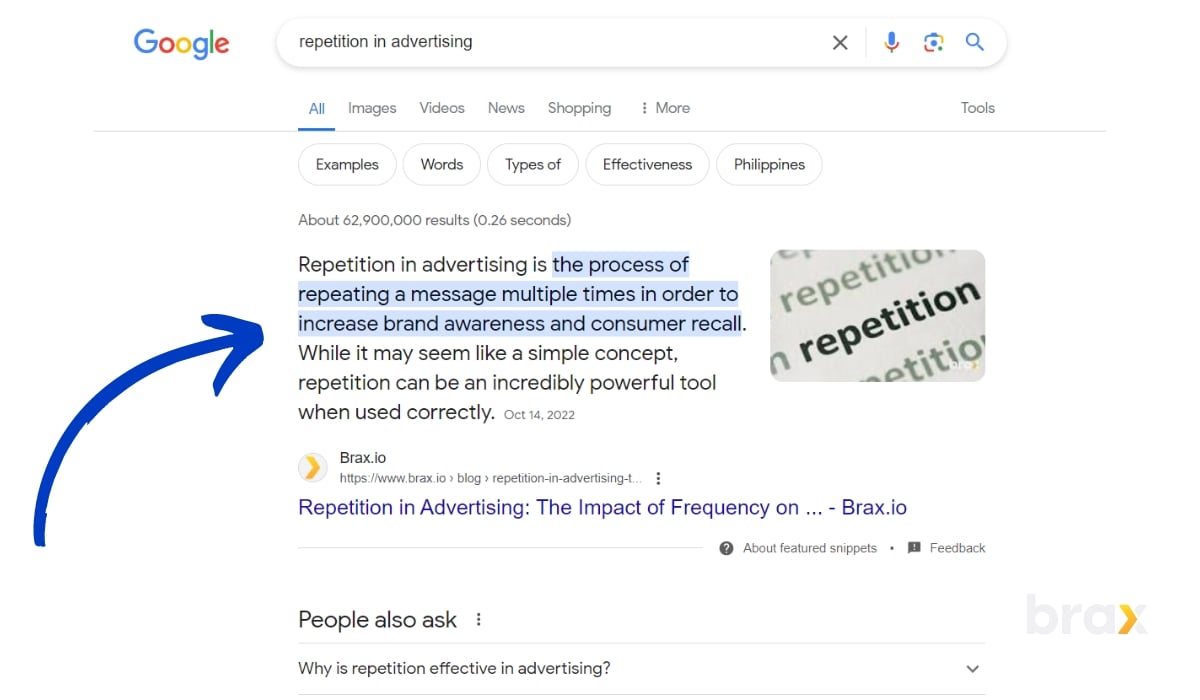
Local SEO gains prominence, as many voice searches involve seeking out local businesses or services with phrases like "near me." Businesses harness the nuances of semantic search by improving their content structure and providing clear, context-rich information that voice search algorithms can easily interpret and present to users.
Marketers who excel in voice search optimization in 2024 are bound to experience an increase in website traffic and higher conversion rates. With voice search projected to increase to more than 8 billion in 2024, businesses must adapt their SEO strategies to stay ahead in the game.
Hyper-Personalization
Hyper-personalization has risen to the forefront of digital marketing trends in 2024 as an evolution of personalized marketing techniques. However, this approach takes personalization to an unprecedented level by utilizing real-time data and cutting-edge technology to deliver bespoke user experiences.
Customization in real-time is a key aspect of hyper-personalization, allowing brands to provide highly individualized content, product recommendations, and services that meet the unique preferences and needs of each user.
By harnessing the power of AI and machine learning, digital platforms can now analyze user behavior, browsing history, and engagement patterns to tailor the online experience — all in the blink of an eye.
This may include dynamic websites that shift content, messages, and offers according to who's viewing them or apps that change features and functionalities to suit user preferences.
The goal is to create an experience that feels as though it was designed exclusively for the user, often leading to increased customer satisfaction.
This may sound too futuristic, but we are sure you that it’s not just possible — it’s already here!
Utilizing Personalization Engines and Recommendation Systems
Hyper-personalization's ascendance in digital marketing is vividly exemplified through the sophisticated use of personalization engines and recommendation systems.
By 2024, these tools will have become increasingly adept at deciphering the vast oceans of data into actionable insights that lead to tailor-made user experiences.
Personalization engines utilize algorithms to process individual user data, which includes past purchases, search history, and online behavior. This enables brands to predict future needs and preferences, allowing for a proactive rather than reactive approach to customer engagement.
Likewise, recommendation systems like those of native advertising's widgets have advanced to the point where they are indispensable elements of the user journey.
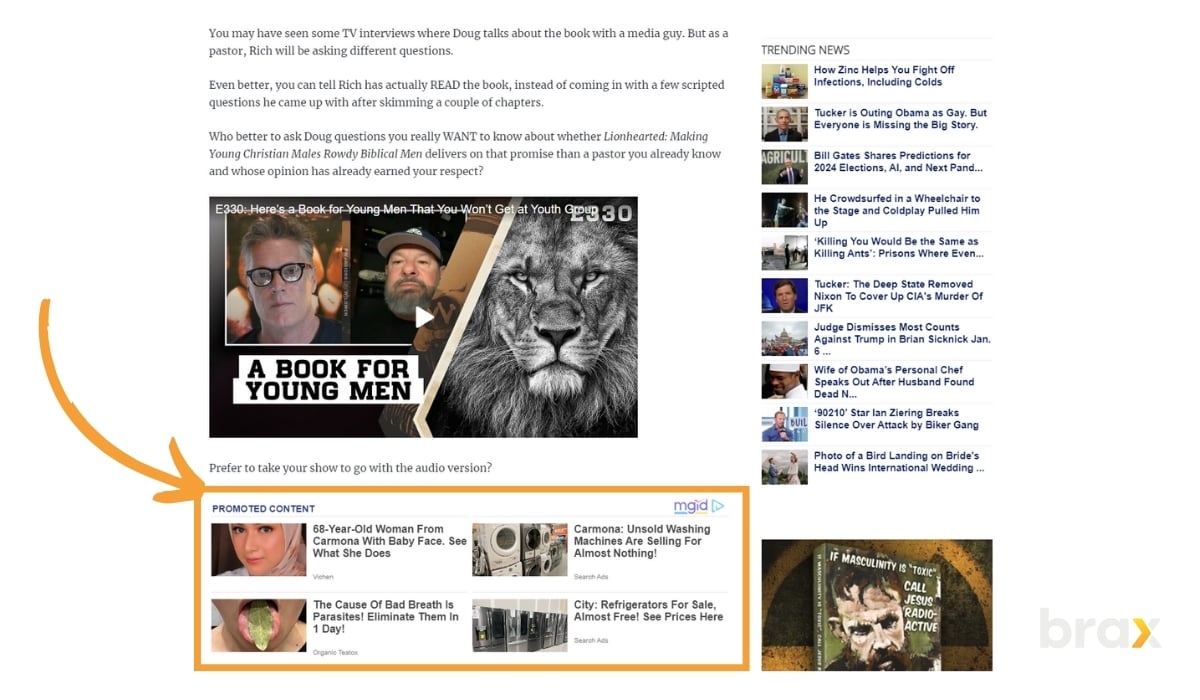
They sift through the vast product and content libraries to suggest options that are highly relevant to the user's unique profile, often leveraging predictive analytics to anticipate the user's next move.
Shopping platforms, streaming services, and even content hubs take advantage of these systems to provide a seamless and almost intuitive user experience, leading to higher conversion rates and a more loyal customer base.
Certainly, as we navigate through 2024, the combination of personalization engines and recommendation systems stands as pillars within the hyper-personalization trend, serving as touchstones for a brand's ability to resonate with and retain customers in a competitive digital ecosystem.
Final Thoughts
In the rapidly evolving landscape of digital marketing, 2024 marks a significant year of transition, moving towards hyper-personalization, customer retention, and engaged communities.
The strategies and technologies we've explored illustrate a shift towards creating more meaningful, tailored, and sustained interactions with consumers.
The future of digital marketing in 2024 and beyond is dynamic and promising, offering limitless opportunities for those ready to innovate and adapt. So don't be left behind—adapt!
If you find yourself struggling with these trends or unsure how to implement them effectively within your marketing strategies, don't hesitate to reach out.
The Brax team specializes in cutting-edge digital marketing solutions tailored to your brand's unique needs. Contact us today, and let's usher your brand into the forefront of the digital marketing revolution.

